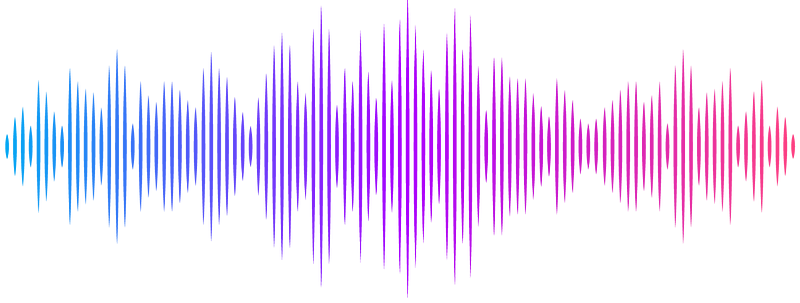TMAO miscompartmentalization is a reversible driver of autism pathophysiology

TMAO miscompartmentalization is a reversible driver of autism pathophysiology
Launay, J.-M.; Vodovar, N.
AbstractAutism spectrum disorder (ASD) is a complex and heterogeneous neurodevelopmental disorder. Contrary to what has been reported for genetics and gut dysbiosis, ASD appears to be very homogeneous when considering tryptophan metabolism. Indeed, multiple biochemical anomalies have been observed in most individuals with ASD. Following up on these findings, we found that ASD is strongly associated with the miscompartmentalization of the chemical chaperone trimethylamine N-oxide (TMAO). Intracellular TMAO was markedly reduced in individuals with ASD as a result of altered fluid/electrolyte homeostasis and was responsible for numerous biochemical anomalies described in ASD. Administration of urea in a rat model of ASD that recapitulates the biochemical anomalies observed in humans not only restored biochemical parameters but also broadly improved all behaviours. Our results demonstrate the major role of TMAO in the pathophysiology of ASD and cellular physiology, although TMAO miscompartmentalization is not causal for ASD. We anticipate that urea, which is already clinically approved, offers a breakthrough therapeutic opportunity for ASD.


